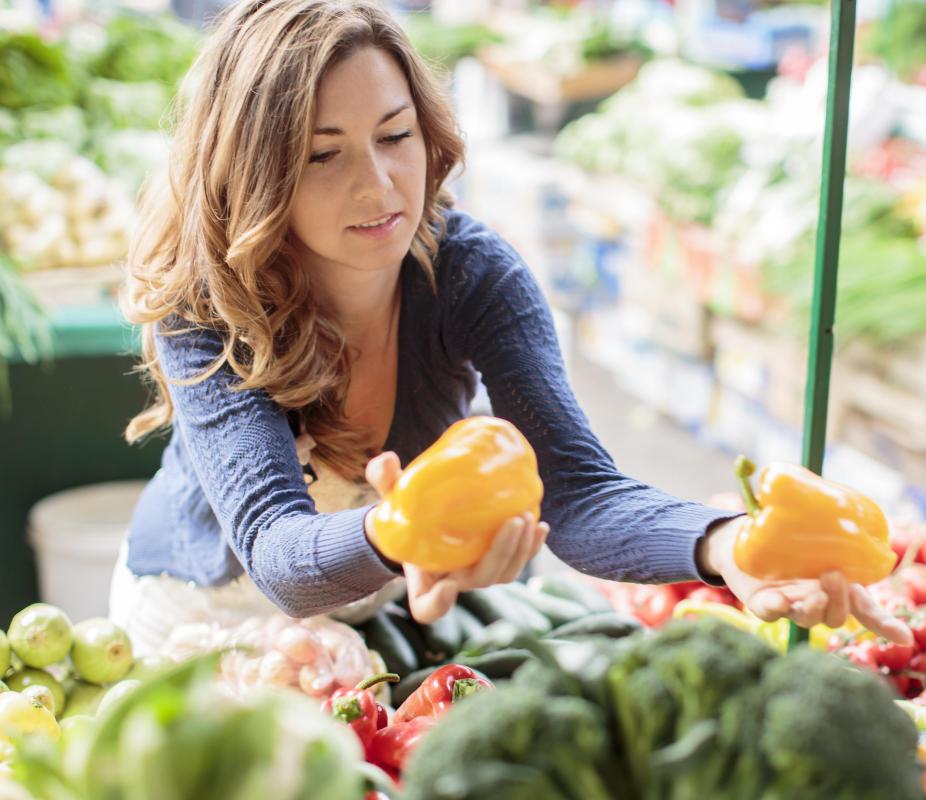At WiseGEEK, we're committed to delivering accurate, trustworthy information. Our expert-authored content is rigorously fact-checked and sourced from credible authorities. Discover how we uphold the highest standards in providing you with reliable knowledge.
What Should I Know About Growing Spinach?
Growing spinach is very easy, and even a small plot can be used to generate a surprisingly large amount of spinach for home use. The key thing to know about growing spinach is that it is a cool-season annual, preferring the cooler weather in spring and fall, and that it grows very rapidly. Usually spinach is ready to harvest within a month of planting, so savvy gardeners stagger their spinach plantings to ensure a steady supply of spinach throughout the cool parts of the year.
Before you start growing spinach, you should prepare the soil. You can plant spinach seeds as soon as the soil is workable in the spring, and well into the fall, essentially until the ground freezes. If you live in a temperate climate where winter frosts are rare, you may be able to grow spinach all the way through the winter.

Spinach likes soil with a neutral pH and lots of nitrogen. The soil should be well-drained, because spinach prefers moist but not soggy soil. You can prepare soil for planting by working in manure or compost, or adding nitrogen-rich fertilizer or fish emulsion. If you have very dense, heavy soil, you may want to amend the soil with mulch to promote drainage. Spinach also likes somewhat shady parts of the garden, so avoid areas of the garden which are consistently sunny.

You can grow spinach seeds directly in the garden without getting starts going in the greenhouse, since the plant grows so quickly. Simply create furrows in the ground, drop the spinach seeds in about a hand-length apart, and plan on thinning the spinach seedlings in one to two weeks to give them more room to grow. You can eat the young spinach after thinning a plot of growing spinach. As the plants grow, keep the soil moist but not wet.
You should be aware that spinach is very popular with bunnies and a variety of insects. Make sure to plant spinach in a protected area, and consider surrounding it with marigolds or another companion plant which will repel insect visitors.

Once spinach matures, you can harvest it by snipping off leaves, or by taking entire plants. If you snip spinach leaves, the plant will put out another flush of leaves, allowing you to harvest again in a few weeks. The spinach can be eaten fresh in a variety of ways, or you can freeze it for future use.
Once temperatures start rising to about 75 degrees Fahrenheit (24 degrees Celsius), you will find growing spinach a challenge, because it bolts to seed quickly in warm weather. If your summer weather gets warm, plan on working the spinach bed again at the end of the spring growing season and allowing it to rest until the fall, when you can start all over again. To get a head start on spring spinach, you can cover seeded spinach with mulch at the end of the fall, and uncover it at the beginning of spring. You can also save time in the spring by preparing the soil in the fall and covering it with mulch so that it is ready to go as soon as the spring weather warms up enough for planting.
AS FEATURED ON:
AS FEATURED ON:













Discussion Comments
I want to know if spinach is poisonous once it has gone to seed.
the spinach will become bitter once it starts going to seed. dig it into the garden bed as a green mulch.
Is 1\4 of a meter enough room for spinach?
Will it be safe to eat?
I am a new gardener and the questions about spinach are very interesting. My spinach has bolted so I am not sure if I should pull it up and compost it or cut it down and continue to eat.
Is home grown spinach unsafe to eat after it bolts?
Is there any safety concerns, if the bolted area is cut & the plant continues to grow?
Post your comments